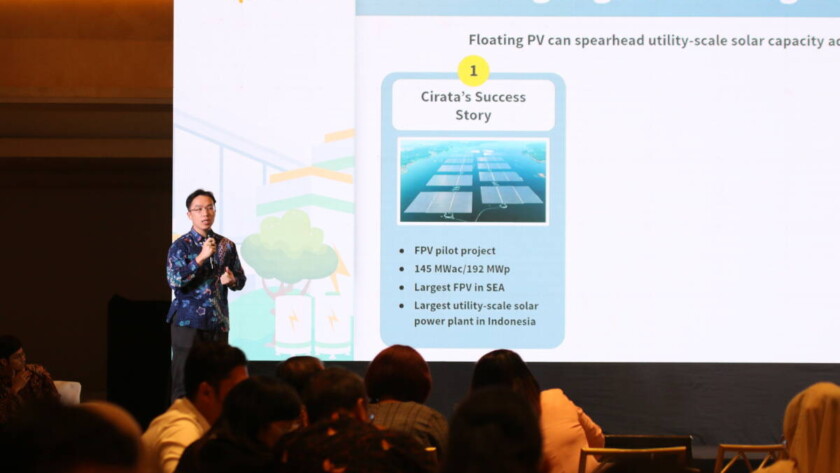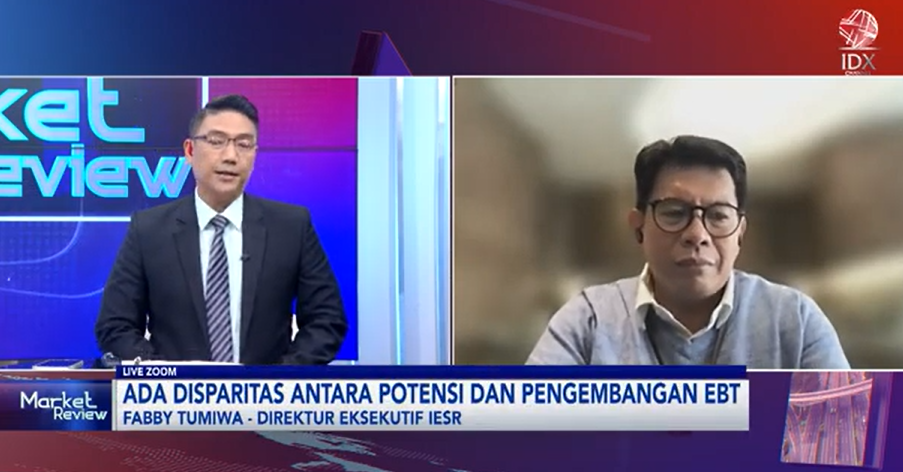Jakarta, October 15, 2024 - Throughout 2023, global renewable energy capacity will increase by 473 GW, with 74 percent or 346 GW coming from solar energy. This achievement shows that solar energy can be a key strategy for reducing emissions in the electricity sector.
"In COP 28 in 2023, a global initiative emerged to triple…






